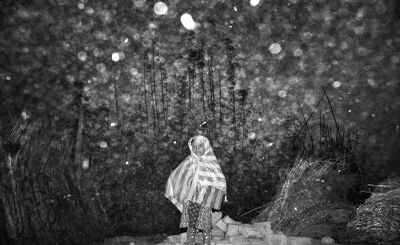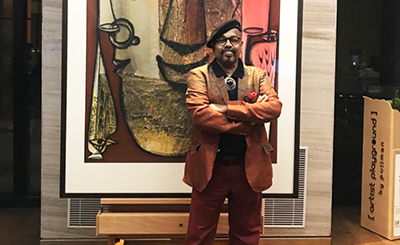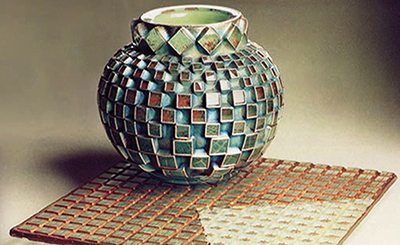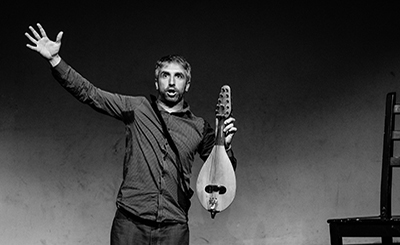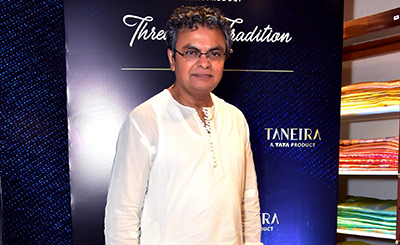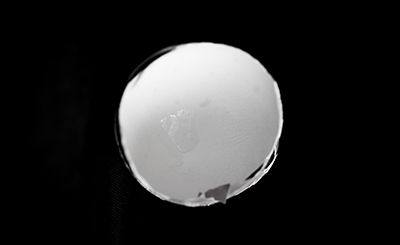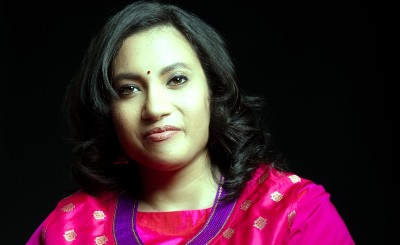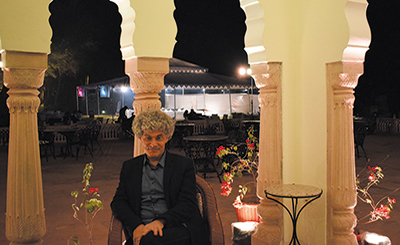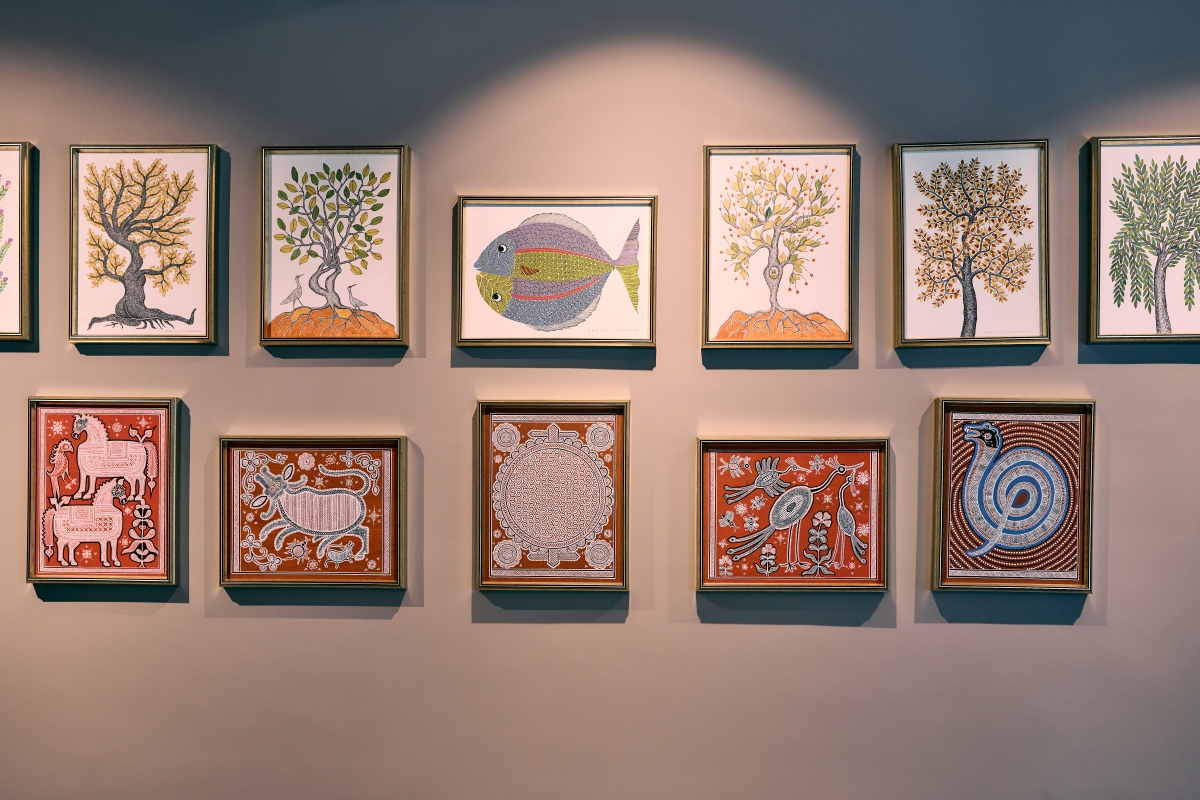
Tapping into the cascading array of Pichwai, Madhubani, textiles, bronze and wooden artefacts and other traditional forms of Indian Art, Bride Bharat has launched its own studio in Gurugram
Donate Now
As one walks into DLF Phase Gurugram, one is not prepared for the feast of traditional art and culture that is about to meet one’s eyes. The Bridge Bharat Studio is the new chic space where traditional art of India will get a perch among the growing modern and contemporary art expressions in the Capital. “The Bridge Bharat studio is a space of experimentation, of practice, of inspiration — one that pays homage to the hands that make. We are nurturing a space that celebrates Indian art and the entire ecosystem around her — of music, history, literature and of our identity,” says Aakanksha Singh, the founder of Bride Bharat, a space that hopes to become a reservoir of heritage art that runs deep in terms of legacy and skill.
The journey started over a year and a half ago with one vision — to curate the finest legacy artists across the country — from the mammoth Pichwais of Nathdwara and Kishangarh in the west to the intricately etched Assamese manuscript arts of the east. Singh has a team of many supporters working with her, including curator Ayushi Chaurasia. “I wanted to work with the techniques of visual narratives inherent in Indian art, especially those from legacy artists,” says Chaurasia, adding “this is why we complicated the understanding of these narratives by incorporating objects such as materials used by the artists, photographs of them working in their workshops, and elements like indigo and gold foil. The question we pose is: What happens when the complex political histories of these objects interact with the legacy artworks of Pichwai, Gond, Jain Paintings, Mandana and antiquities?”
The idea is to keep the essence of the art true and the practice of the community alive. Singh has even installed a block chain to keep her and her team abreast with the times and technology. “One may track all the transactions of sales and ownerships through the block chain and trace out provenance for over a 100 years back. We are also huge proponents of the overlap of art and technology — right from authenticity mapping to experiences. Visual arts can inspire change in ways we cannot begin to imagine. Why then, should they be consumed in isolation or in the traditional format that has been followed for centuries? Have we ever wondered how it would be to step into a painting? Can we build the world’s first truly interactive experience of Indian art? The world is our oyster.”
Meanwhile traditional artists like Avinash Karn, a contemporary Madhubani artist told one that a long time ago: “For an art form to survive, it must adapt to the current context, much like evolution. The balancing game here now lies in contemporizing these arts without losing its old soul.” This has stuck with Singh and overtime it is their North Star at Bridge Bharat — defining everything they do. Their guiding light since their inception has been the question, “What will Indian the next 100 years of Indian art look like?” This means going back to the roots of India’s artistic traditions and following them to the next logical step. “While we have started with curating the finest Indian legacy artists from all over the country focusing on traditional paintings, we have already begun to expand to several other forms — murals and installations across materials like terracotta and brass intertwined with Indian art,” says Singh. Though they will continue to reside in the luxury space, their larger goal is to follow the thread of Indian art and continue to preserve it in its essence regardless of the tides of time.
More from Arts
Comments
*Comments will be moderated




